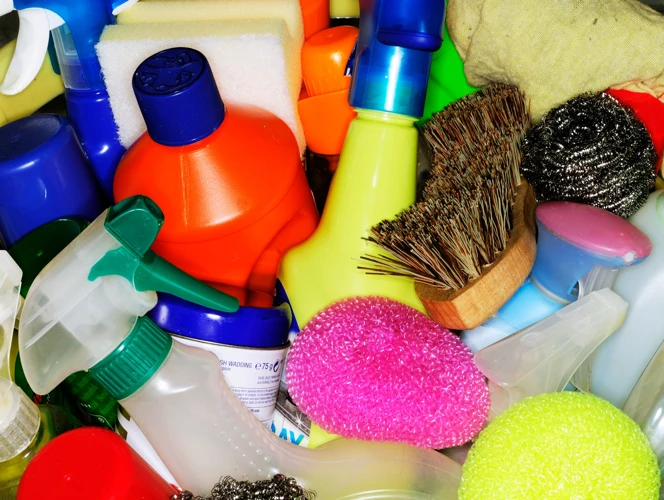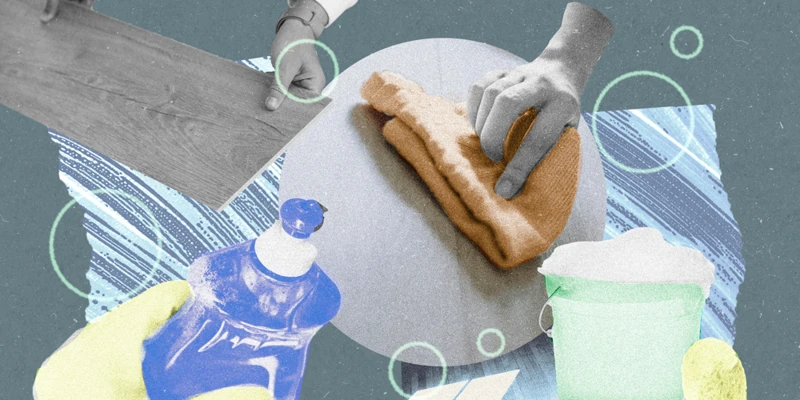When it comes to achieving a flawless paint job, surface cleaning is a pivotal step that should never be overlooked. The longevity and aesthetic appeal of a coat of paint are largely dependent on the painting preparation process, which begins with a thorough cleanse of the surface.
Understanding Surface Preparation
Effective surface preparation is about more than just wiping down walls; it’s about creating an ideal base for new paint to adhere to. A clean surface means that the paint can bond effectively without interference from dust, oils, or previous coatings.
Benefits of Cleaning for Paint Adhesion
Cleaning for paint adhesion serves multiple purposes. It not only ensures that the paint will stick properly but also prevents peeling and cracking. Additionally, it can enhance the paint’s true color and finish, providing results that are both beautiful and durable.
Step-by-Step Guide to Painting Preparation
Thorough painting preparation is crucial to get that perfect finish. Whether you’re a seasoned professional or a DIY enthusiast, following these fundamental steps will ensure your painting project starts off on the right foot.
Assessing the Surface Condition
Begin by meticulously examining the surface for any signs of damage, such as cracks, holes, or existing peels. Repairing these imperfections is essential before you proceed with the pre-paint surface cleaning.
Degreasing Surfaces: Methods and Tips
Degreasing surfaces is vital, especially in areas prone to grime, like kitchens and bathrooms. Use a degreaser to break down oil and grease, ensuring that the surface is pristine and ready for a fresh coat.
Removing Dirt Before Painting
Removing dirt before painting can be as simple as using a damp cloth or as thorough as pressure washing, depending on the surface type and extent of soiling. This step is non-negotiable for achieving a smooth, even layer of paint.
Surface Cleaning Techniques
Different projects demand different surface cleaning approaches. From gentle wiping to abrasive methods, selecting the right technique is a cornerstone of effective paint preparation.
Manual Cleaning Methods
- Wiping with a damp sponge or cloth
- Scrubbing with a soft-bristled brush
- Using sandpaper for smoothing rough areas
Choosing Cleaning Agents for Painting
When it comes to cleaning agents for painting, it’s crucial to choose products that are effective yet won’t damage the surface. Non-abrasive cleaners are usually the best choice to avoid any unwanted scratches or marks.
Pre-Paint Surface Cleaning for Different Materials
Different materials require specific pre-paint surface cleaning methods. For example, wood might need a mild detergent and water, whereas metal may require a solvent-based cleaner to remove any rust or oxidation.
Ensuring a Clean Surface for Optimal Results
To achieve the best possible outcome, it’s essential to ensure that the surface is impeccably clean before proceeding with the paint application. This guarantees that the final look is smooth and professional.
Verifying Cleanliness Before Proceeding
After cleaning, take the time to verify that the surface is completely free of contaminants. A visual inspection, along with a final wipe-down with a tack cloth, can help in confirming that the surface is ready for painting.
Troubleshooting Common Issues in Surface Prep
During surface preparation, common issues such as lingering stains or residues may arise. Knowing how to address these effectively can save time and prevent potential problems with the paint application.
Preparing a surface before painting is crucial for achieving a flawless finish. To ensure that paint adheres properly and lasts longer, it’s essential to start with a clean canvas. Our comprehensive guides on surface cleaning will walk you through the process. Discover the importance of cleaning walls before painting to remove dust, dirt, and oils that could interfere with your paint job. Additionally, our article on cleaning surfaces for painting provides a step-by-step approach to prepare different types of surfaces. And for those interested in advanced painting techniques, our discussion on dry brushing painting can introduce you to a unique method for adding depth and texture to your work. With these resources, you’ll be well-equipped to tackle any painting project with confidence.
Final Thoughts on Surface Preparation for Painting
Concluding, impeccable surface cleaning is a fundamental step in the paint surface prep process. Adhering to these guidelines not only enhances the durability of your paint job but also elevates the aesthetic appeal of your space.

